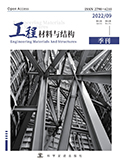参考文献
[1] Mehta P K. Durability-Critical Issues for the Future[J]. Concrete international, 1997, 19: 27-33.

